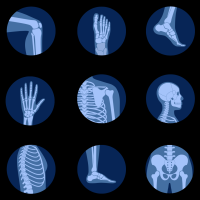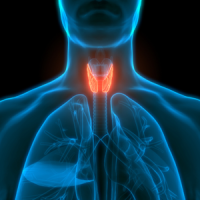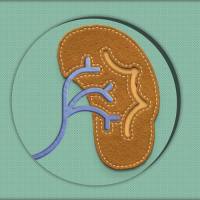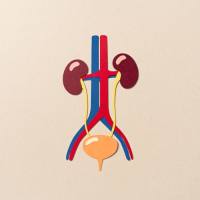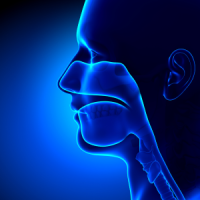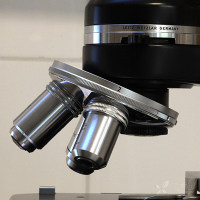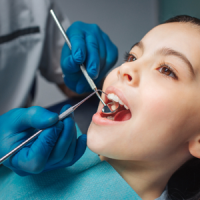【medical-news】CID:低基线CD4+水平为ART治疗后骨质流失的独立危险因素
 xxll2006 +2丁当
xxll2006 +2丁当Abstract
Background.
Bone mineral density (BMD) decreases 2-6% in the two years after antiretroviral therapy (ART) initiation. Pre-ART immune deficiency and early immune recovery may contribute to this loss.?
Methods.We pooled data from three treatment-naive ART initiation studies in which serial whole-body dual-energy X-ray absorptiometry scans were performed. We used linear regression to evaluate effects of baseline CD4+ and 16-week CD4+ change (both absolute and relative) on 96-week total BMD change from baseline. We performed multivariable linear regression to assess associations between baseline variables of age, sex, race/ethnicity, body mass index (BMI), hepatitis C status, parent study, HIV-1 RNA level, and assignment to a protease inhibitor (PI) or tenofovir-containing regimen on 96-week total BMD change.?
Results.The included 796 subjects had mean 96-week total BMD loss of 2.0%. In multivariable analysis, baseline CD4+ count was significantly associated with 96-week BMD loss; individuals with baseline CD4+? <50 cells/?L lost significantly more BMD compared to those with CD4+ ≥500 cells/?L. A greater relative, but not absolute, 16-week increase in CD4+ count was significantly associated with greater declines in BMD, but not after controlling for baseline CD4+ count. In multivariable analysis, older age, female sex, lower BMI, higher HIV-1 RNA levels, and PI and tenofovir assignment were also associated with greater BMD decline.
Conclusions.Low pre-treatment CD4+ count, but not greater CD4+ count increase, is a strong and independent risk factor for bone loss after ART initiation. ART initiation at higher CD4+ counts may reduce the burden of osteoporosis and fragility fractures.?

最后编辑于 2022-10-09 · 浏览 957




